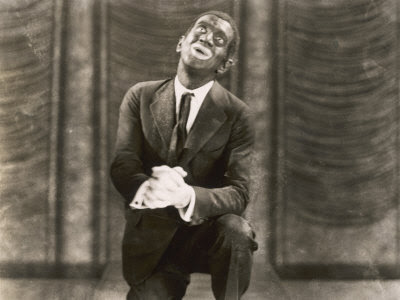One thing that has recently started to get my goat is the
number of plastic collection bags that are pushed through the letterbox that claim
to be collecting old clothes for charity. Now it might make me seem like a miserable
old sod, complaining about raising money for good causes, but I am beginning to
doubt whether any of this is actually doing any good at all – other than for
the bank balances of those operating the schemes.
It’s actually quite hard to trace what happens to old clothes
once donated but, as the old saying goes: “Where there’s muck, there’s brass”;
and it’s not just the occasional designer jacket that is worth something. Worn
to death old rags have value and there is even a shop which has opened in Falkirk
which will offer 50p per Kilo for old clothes. This is a legitimate business
and nothing to do with charity but that figure is worth remembering.
There seem to be a few categories of door-to-door “charity” collections.
Some of them look perfectly legitimate and are well known charity organisations
that run their own shops and do good work within the community. Then there are
others that appear to be a legitimate charity but which I have never heard of.
They seem to be made up of titles that use a worthy cause word (“children”, “aged”,
“animals” etc) combined with a qualifier (“in the community”, “National”, “Scottish”)
and often including some sort of disease (“heart”, “kidney”, “cancer” and so
on). It is always possible that these are new charities that someone has set up,
“Scottish Kids with Cancer” or similar, but I doubt it.
There is also another type that I noticed on a plastic bag
left at my mother-in-law's house. This bag had the names and logos of several
well known charities printed in large letters on the front. On closer
inspection it is revealed (in tiny print) that this is actually a private
limited company that collects old clothes and makes a donation to the named
charities. I can’t see that they are doing anything illegal with this but the
amount that they would donate was £85 per tonne of clothes collected. That works
out at 8.5p per Kilo: now remember that figure from the shop in Falkirk that
was buying used clothes as a commercial venture at 50p per Kilo and it makes it
clear that the amount of money going to the charity is pretty minimal. Whilst
what they are doing is not exactly illegal, I do think that it is immoral:
using the good names of charities to line their own pockets.
I think there is a place for charity collection of old
clothes and I am quite happy for established local charities to do this
(provided they actually benefit from the scheme) and I will go on donating
items to the likes of the local hospice or Red Cross and, in particular, the
Salvation Army clothes collections; but I think it is about time that anyone
presenting themselves as a charity collection should have to state what
percentage of a donation actually does any good.


